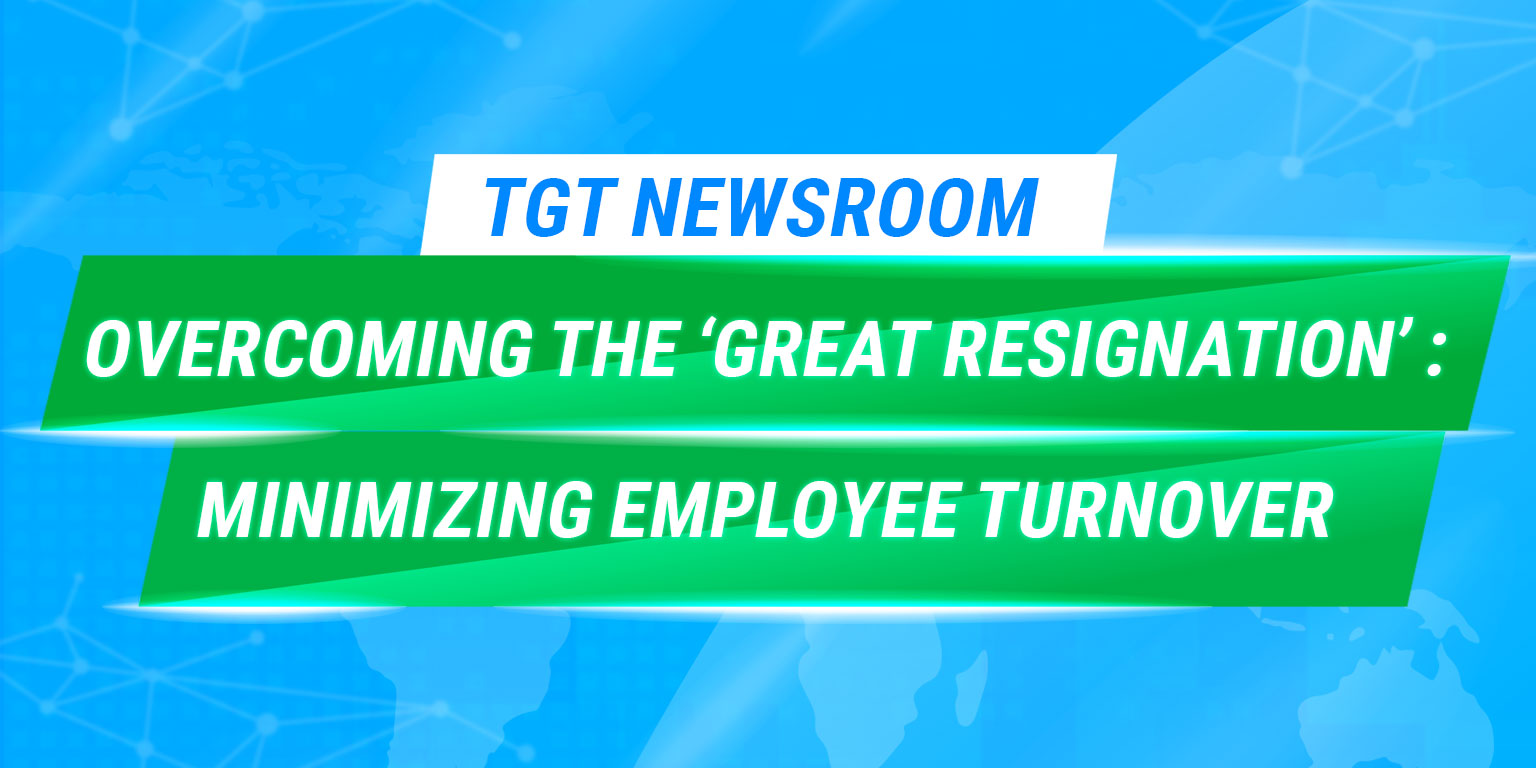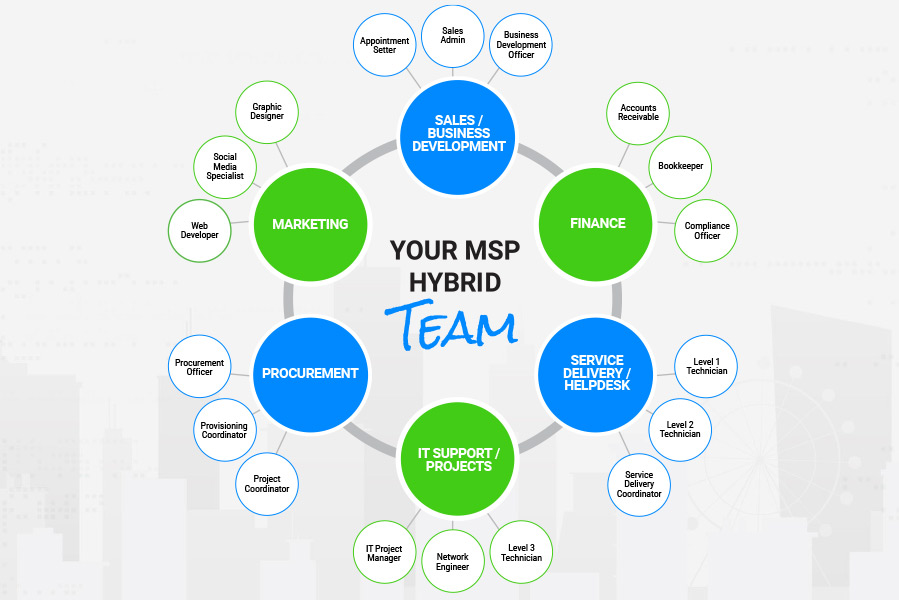The Great Resignation conundrum took a huge toll on many businesses, with IT employees leaving their posts one after the other. This once-unimaginable phenomenon has reshaped the way businesses think in terms of adapting quickly.
Just this year alone, more than four million employees have left their jobs in the US, while 40% are planning to quit within three to six months.
As a result, there is a discrepancy between the demand for staff and the supply of available talents who want to fill those roles. If this is what your business is currently going through now, read on.
What exactly are the factors that drive people away?
1. Career stagnation and lack of growth
When employees are not given enough opportunities to grow and revitalize their professional skills, they end up losing interest and enthusiasm at work. Career stagnation often triggers an employee’s desire to quit and look for better opportunities out in the open.
2. Not enough employee recognition
Employees lose motivation and willingness to work when they are not receiving adequate recognition for their efforts and contributions. Some employees leave their current jobs when they feel there’s a lack of responsiveness about their performance.
3. Burn-out
Workers suffer from burnout and exhaustion after working harder than they are expected to, especially when they are not paid enough or not given enough appreciation.
4. The Great Reshuffle
A lot of workers are starting to reconfigure what they want for their career. Some are taking advantage of the current staffing demand to secure a role and wage that would fit their lifestyle and needs.
Meanwhile, others are simply switching careers and industries that align with their passion, values, and interest.
Finding the right people is just half the battle, keeping them is another.
Nowadays, the process of hiring and onboarding staff no longer takes a week or two. Some organizations spend months trying to find the right candidate, and this is on top of the ongoing tasks that they need to focus on.
What adds to the strain is the challenges of retaining your new hires and current employees, which is why it’s important to step up your game in this area.
To cope with this unprecedented shift, the time to start reevaluating your management processes is now.
As a business owner, you have to find the right balance in retaining your staff without spending too much of your financial resources.
Here are some factors that can help you in reevaluating employee management within your company:
- Do your employees handle too many tasks and work long hours?
- Are your employees struggling with work-life balance as a result of their heavy workload?
- Do you provide them with enough resources to help speed up their tasks?
Now that you got the talent, how do you keep them from leaving?
1. The ‘Management by Wandering Around’ tactic
Communicating with your staff is a good strategy in identifying the problem areas that need to be addressed.
Going into the trenches and understanding what exactly is going on across departments allows you to understand what needs to be done to allow employees to continue to thrive.
Conducting regular mental health checks by simply asking “how are you?” makes a huge difference.
2. Awards and recognition
Employees find strength and motivation when they are rewarded or appreciated for their hard work.
Recognition helps staff see that they are being valued for their contributions, big or small, to the company. It also gives them more willingness to work just as hard and strive for further improvement.
3. Training Opportunities and Mentorship
Growth is a fundamental part of every employee’s career. Providing them with training opportunities can help in advancing their skills, which can contribute to the growth of your business—long term.
The Role of Offshoring
It is important to become flexible about these changes so that you don’t end up putting your business at risk. Investing in employee engagement measures can be costly, especially in terms of increasing compensation and benefits, and creating a management overhaul.
The good news is that offshoring can help in minimizing these costs. When you offshore some of your roles, this frees up some of the tasks handled by your local team—giving them more free time in their hands.
On a side note, TGT values employee engagement as we aim to make sure your offshore staff performs at its best.
Not sure how to start? Send us an email or fill out this form.








